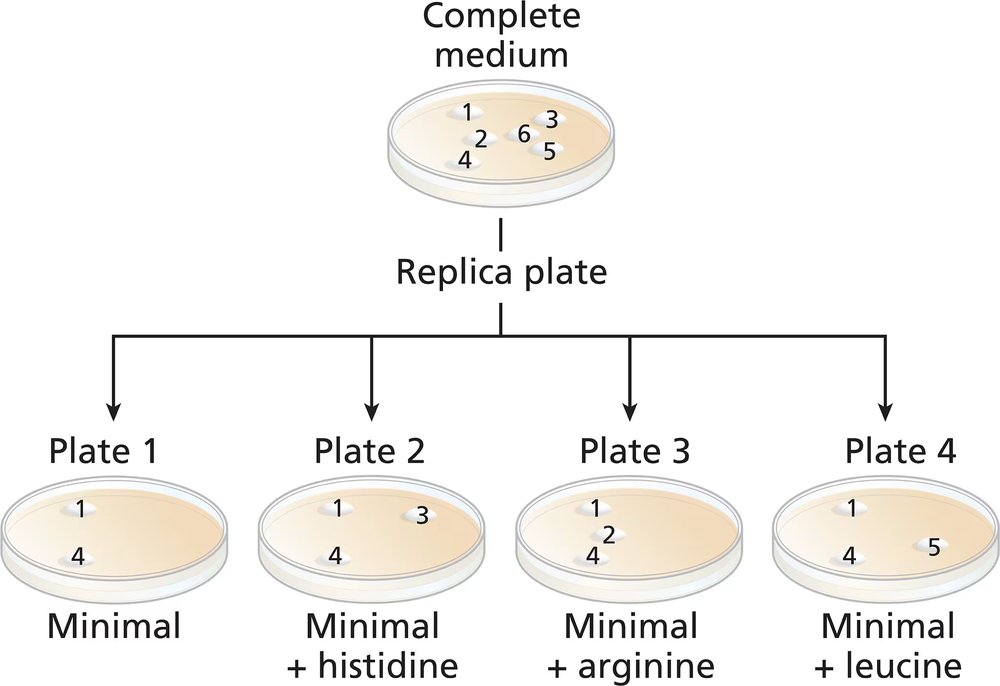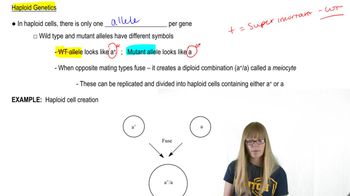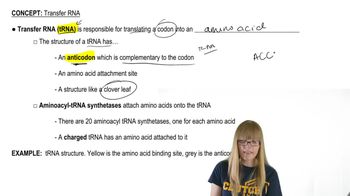Here are the essential concepts you must grasp in order to answer the question correctly.
Haploid Organisms
Haploid organisms, like yeast, have a single set of chromosomes, which means they carry only one allele for each gene. This simplifies genetic analysis because any mutation will directly manifest in the phenotype. In the context of the question, identifying mutations in haploid yeast allows researchers to easily determine the effects of specific genetic changes, such as those induced by EMS.
Recommended video:
Mutagenesis
Mutagenesis is the process by which the genetic information of an organism is changed, resulting in mutations. Ethyl methanesulfonate (EMS) is a chemical mutagen that can induce point mutations, leading to changes in amino acid sequences of proteins. Understanding mutagenesis is crucial for interpreting the results of the yeast colonies, as it helps explain the potential loss of function in genes related to histidine (his), arginine (arg), and leucine (leu) biosynthesis.
Recommended video:
Amino Acid Auxotrophy
Amino acid auxotrophy occurs when an organism cannot synthesize a particular amino acid and thus requires it to be supplied in the growth medium. In the experiment, colonies that are his⁻, arg⁻, or leu⁻ cannot grow on minimal medium unless the corresponding amino acid is added. Identifying these auxotrophic mutants is essential for understanding the genetic basis of metabolic pathways and the effects of mutations induced by EMS.
Recommended video:







